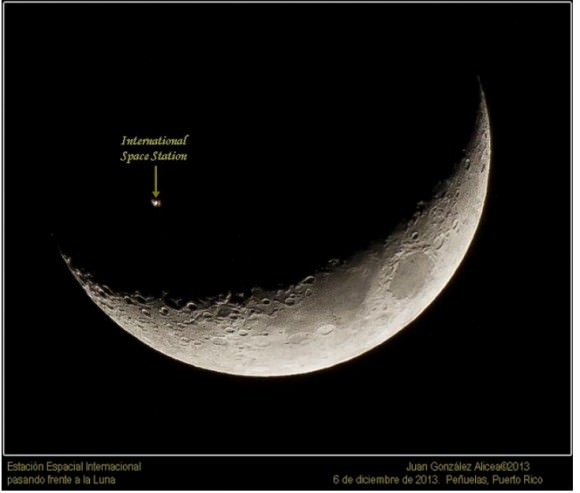There are dozens upon dozens of moons in the Solar System, ranging from airless worlds like Earth’s Moon to those with an atmosphere (most notably, Saturn’s Titan). Jupiter and Saturn have many moons each, and even Mars has a couple of small asteroid-like ones. But what about Venus, the planet that for a while, astronomers thought about as Earth’s twin?
The answer is no moons at all. That’s right, Venus (and the planet Mercury) are the only two planets that don’t have a single natural moon orbiting them. Figuring out why is one question keeping astronomers busy as they study the Solar System.
Astronomers have three explanations about how planets get a moon or moons. Perhaps the moon was “captured” as it drifted by the planet, which is what some scientists think happened to Phobos and Deimos (near Mars). Maybe an object smashed into the planet and the fragments eventually coalesced into a moon, which is the leading theory for how Earth’s Moon came together. Or maybe moons arose from general accretion of matter as the solar system was formed, similar to how planets came together.

Considering the amount of stuff flying around the Solar System early in its history, it’s quite surprising to some astronomers that Venus does not have a moon today. Perhaps, though, it had one in the distant past. In 2006, California Institute of Technology researchers Alex Alemi and David Stevenson presented at the American Astronomical Society’s division of planetary sciences meeting and said Venus could have been smacked by a large rock at least twice. (You can read the abstract here.)
“Most likely, Venus was slammed early on and gained a moon from the resulting debris. The satellite slowly spiraled away from the planet, due to tidal interactions, much the way our Moon is still slowly creeping away from Earth,” Sky and Telescope wrote of the research.
“However, after only about 10 million years Venus suffered another tremendous blow, according to the models. The second impact was opposite from the first in that it ‘reversed the planet’s spin,’ says Alemi. Venus’s new direction of rotation caused the body of the planet to absorb the moon’s orbital energy via tides, rather than adding to the moon’s orbital energy as before. So the moon spiraled inward until it collided and merged with Venus in a dramatic, fatal encounter.”

There could be other explanations as well, however, which is part of why astronomers are so interested in revisiting this world. Figuring out the answer could teach us more about the solar system’s formation.
To learn more about Venus, check out these links:
Venus (NASA)
Venus Express (European Space Agency spacecraft currently at the planet)
Venus (Astronomy Cast)
Venus (Windows To The Universe)
Venus Crater Database (Lunar and Planetary Institute)
Magellan Mission to Venus (NASA)
Chasing Venus (Smithsonian)


There should be some systematic reason to why moons are so rare in the inner solar system. Do comets have so high speed when they pass through here that they are unlikely to be captured? By the low mass inner planets anyway. Or is it about the water line (in the asteroid belt)?
I clicked on this hoping maybe we had found a couple of tiny rocks or something.
Anywhoo, I remember reading an Isaac Asimov essay as a kid that posited that we might be much farther along in science had Venus had a moon that was quite visible from Earth. We might have left the earth-centric thinking much more quickly.
Asimov wrote another, similar, essay speculating what things might be like if the Sun had a smaller binary companion orbiting where Uranus is now. He suggested the star could have an Earth-sized planet of its own which would be visible to the naked eye here.
Maybe I’m thinking wrong but. Maybe the Sun’s gravity pulled on early Venus & early Mercury moons to hard they were sucked in by the Sun ?
Is it possible ?
These planets are really close to the Sun. Maybe these planets were not ‘strong’ enough to keep their moons.
If it is not possible, can anybody explain why?
thanks
First of all, not THAT close, there are apparently much much closer situation in the galaxy that we have observed.
Second, though the moons would have been in orbit of their planets, they would also have been in stable orbit around the sun
Seems right to me. Thanks !
Strange there’s no mention of Neith, a purported moon of Venus first noticed by Giovanni Cassini back in the late 1600s: http://en.wikipedia.org/wiki/Neith_%28moon%29
Of course after some time Neith was found to be nonexistent.